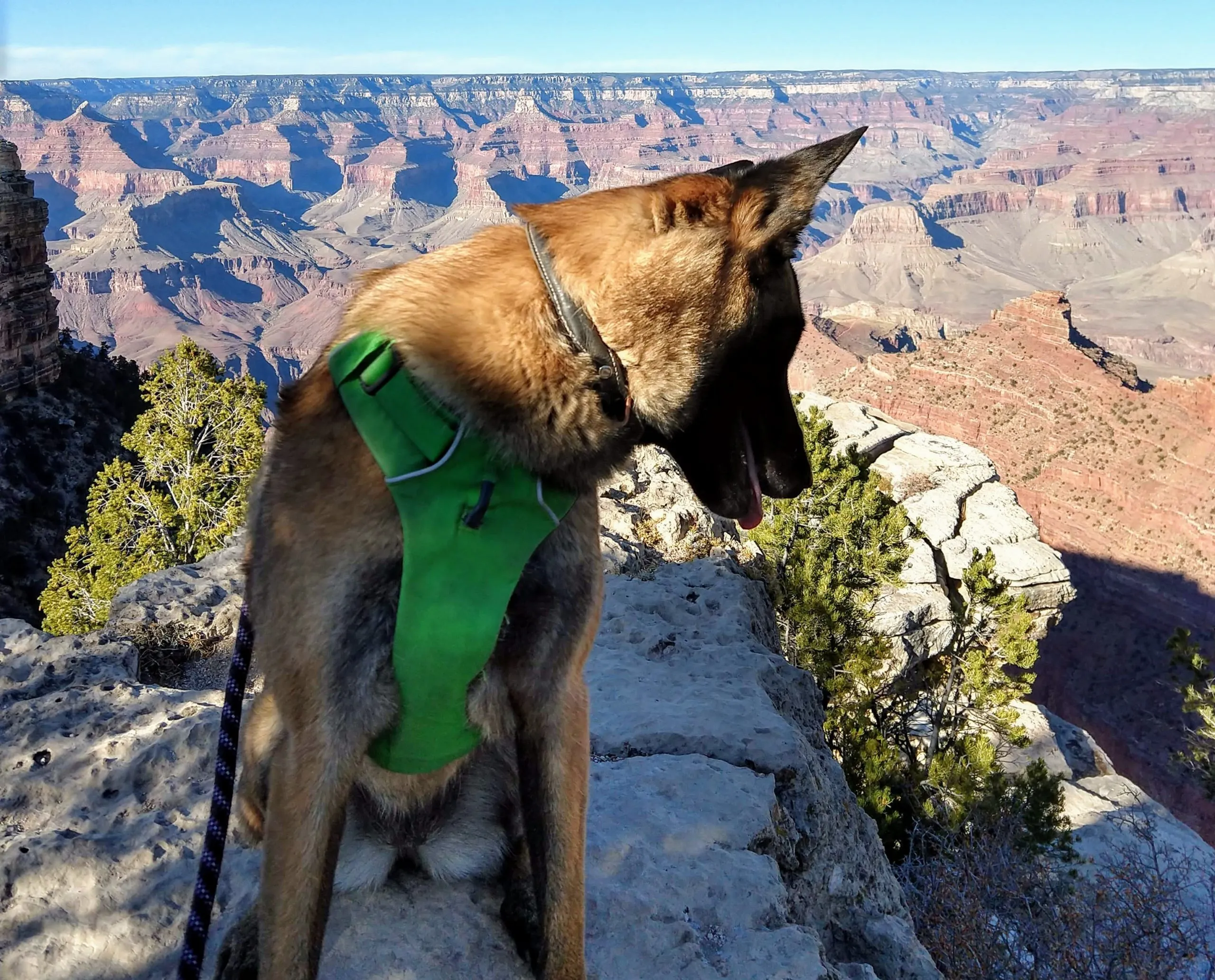Dealing with a dog that constantly pulls on the lead can be incredibly frustrating. If you’ve ever felt like a failure, or that your dog is exceptionally stubborn because every attempt to stop the pulling has been unsuccessful, you’re not alone. Many dog owners find themselves irritable and annoyed after training walks, and often their dogs seem equally unhappy with the process. Perhaps you’ve tried the common advice of stopping every time your dog pulls, only to find it yields no real change, or you’ve even given up entirely because the training just makes you angry. It’s disheartening when you feel like you’re constantly battling your dog on every walk, and you might be wondering why My Dog Will Not Stop Pulling On The Lead, despite your best efforts.
You’ve likely encountered a multitude of tips and tricks aimed at solving this problem. While some advice can be beneficial, much of it can lead to more confusion and frustration for both you and your canine companion. Instead of adding to the overwhelming amount of information, let’s simplify things by identifying common tactics that often backfire. These are methods many owners, including seasoned trainers, have tried, only to find they lead to greater annoyance and little progress. It can be challenging to abandon these conventional approaches, especially when they’re widely advocated. However, by understanding why they fail, you can free yourself from ineffective practices and start building a better walking experience. This article will grant you permission to stop doing certain things that are likely hindering your progress in teaching your dog to walk without pulling.
1. Consistently Enforcing Loose Leash Rules on Every Walk
It’s common advice to be consistent and clear in dog training to avoid confusing your pet. This often translates to strictly enforcing loose leash rules on every single walk, immediately stopping the moment the leash tightens. While the intention is good, many owners find this approach quickly leads to exasperation, often within a week. The fundamental flaw here isn’t with you or your dog, but with the expectation itself.
Good dog training principles emphasize starting at an easy level and gradually increasing difficulty as your dog masters the task. Asking a highly stimulated dog, fresh out of the house with a full day’s energy, to immediately learn complex leash manners in a distracting environment is akin to asking someone to learn a new trick in a chaotic, overstimulating setting. It’s simply unreasonable.
In scenarios where dogs are incredibly excited by the sights, sounds, and smells of the outside world, their brains are often too overstimulated to process detailed training cues. Trying to enforce strict rules in these moments can lead to immense frustration for both of you. True consistency doesn’t mean rigid enforcement 100% of the time. Instead, selective consistency is far more effective.
Dogs are remarkably intelligent and adept at picking up on contextual clues. You can teach your dog that when the leash is clipped to their collar, specific loose leash rules apply. However, on days when distractions are too high, or when you simply need a break from being the “pulling police,” you can clip the leash to a harness, allowing them to pull without consequence. This systematic approach allows you to “level up” training in a controlled manner, making the process faster and more sustainable. This method fosters solid and lasting leash manners by embracing a more flexible, context-aware approach to training.
2. Training in Your Driveway or Front Yard as the First Step
Many well-intentioned training guides suggest starting loose leash training right outside your front door. However, for most dogs, the driveway or front yard is one of the worst places to begin practicing nascent leash skills. This area isn’t typically a calm place where dogs simply exist; it’s the gateway to exciting adventures. Dogs are often highly stimulated, distracted, and impatient to just go, go, go!
Imagine diligently stopping every time your dog’s leash tightens just to get out of your driveway. You could easily spend 30 minutes on this short stretch, leaving both you and your dog utterly fed up before the actual walk even begins. This scenario creates an immediate negative association with walking and training, making your dog even less inclined to listen later.
It’s time to let go of this maddening approach. You have full permission to let your dog pull (perhaps on a harness, as discussed earlier) through the driveway until they have developed proficiency in leash skills in calmer, less distracting environments. Focus on building foundation skills elsewhere, and use the driveway as a transition rather than a training ground.
 Triumphant dog looking up, signaling successful training
Triumphant dog looking up, signaling successful training
3. Making Your Dog Walk Strictly at Your Side for Dominance Reasons
The outdated notion that a dog walking in front of its owner signifies an attempt to assert dominance is deeply embedded in popular culture. This idea stems from the debunked “pack leadership” theory. While it might feel like a compelling concept, canine behavior science has long dismissed the idea that dogs are trying to “be in charge” by walking ahead.
Many dog owners, raised with the belief that they must be a “strong alpha,” try to radiate dominant energy, keeping their dogs on very short leashes to prevent them from getting ahead or sniffing. This approach often leads to walks that are physically exhausting and mentally unfulfilling for the dog, and certainly not enjoyable for the owner. It can cause significant arm strain, even with smaller, but determined, dogs.
The truth is, whether your dog walks beside you, behind you, slightly ahead, or even several meters ahead, it has absolutely no bearing on their status or perceived dominance. Dogs are simply exploring their world through their noses and eyes. In fact, encouraging your dog to walk ahead and sniff things is incredibly beneficial for their mental enrichment and overall well-being. Sniffing provides valuable sensory input, reduces stress, and allows dogs to process their environment.
It’s important to clarify that teaching your dog to walk to heel – a structured walk where they remain directly beside you on cue – is a valuable skill. It’s incredibly useful in crowded areas or when you need your dog to maintain focus past significant distractions. However, this is a trained skill, a useful trick, not a moral imperative driven by dominance.
4. Waving Treats to Get Attention When Your Dog Is Distracted
Imagine you’re standing at the edge of the Grand Canyon, completely absorbed by the breathtaking view after a long journey. Suddenly, a friend steps directly in front of you, waving their arms and a snack, demanding your immediate attention with an insistent “Hey! Look at me!” How would you feel in that moment? Probably not affectionate, curious, or respectful.
This common tactic – waving food to distract a distracted dog – is often employed by owners transitioning from correction-based methods to positive reinforcement. However, the problem is that it doesn’t foster a genuine desire in the dog to engage with you. It merely interrupts their current focus. When a dog chooses to engage with you because they want to, that connection is far more powerful and lasting than if they only comply to make the annoying treat-waving stop.
This method bypasses the opportunity for the dog to make a choice. True engagement comes from internal motivation, not external interruption. While treat-waving can sometimes be a useful management tactic in urgent situations, especially for reactive dogs, it’s generally unhelpful as a training strategy. Focusing on creating value in your presence and making engagement rewarding is key.
 A person holding a small treat in front of a dog's nose, trying to get its attention
A person holding a small treat in front of a dog's nose, trying to get its attention
5. Trying to Be More Interesting Than the Environment
Many trainers instruct owners to “be more interesting” when their dog gets distracted. For those of us who aren’t naturally inclined to jump, dance, and use high-pitched, singsong voices in public, this can feel like an impossible and exhausting task. You don’t have to be more exciting than the entire world to effectively train your dog.
It’s perfectly fine if you prefer a more reserved training style. Dogs develop deep bonds with their owners regardless of their exuberance levels. The key is finding ways to train that don’t pit you against the “environmental distractions” in a constant battle for your dog’s attention. Instead of viewing distractions as the enemy, you can learn to leverage them as part of your training.
Embracing the idea of exploring the environment with your dog, as a true team, can be incredibly liberating. This approach shifts the burden of being the sole focus of attention and allows you to build a stronger bond through shared experiences. By integrating environmental exploration into your training, you can teach your dog to maintain focus and good leash manners even amidst exciting surroundings. This concept not only makes training more enjoyable but also helps prevent pulling in specific breeds like Golden Retrievers and helps you understand how to get your dog to walk on leash without pulling.
What to Do Next
It’s time to shed the burden of old, ineffective methods and embrace a new perspective on walking your dog. If you’ve been grappling with why my dog will not stop pulling on the lead, recognizing these common pitfalls is the first step toward a more harmonious relationship. By moving away from frustrating tactics, you can start building a stronger bond with your dog and encourage them to want to listen to you, even in distracting environments. For more guidance on tackling other common dog behavior challenges like digging and developing effective strategies, explore resources that focus on positive reinforcement and relationship-building.
